Big cats have always fascinated humans with their majestic presence and elusive nature. From the regal lion to the stealthy leopard, these creatures captivate our imaginations and command our respect. Tracking big cats in the wild is not only a thrilling endeavor but also a crucial conservation effort. With habitats shrinking and threats increasing, understanding the movements and behaviors of these magnificent animals is more important than ever.
The Importance of Big Cat Tracking
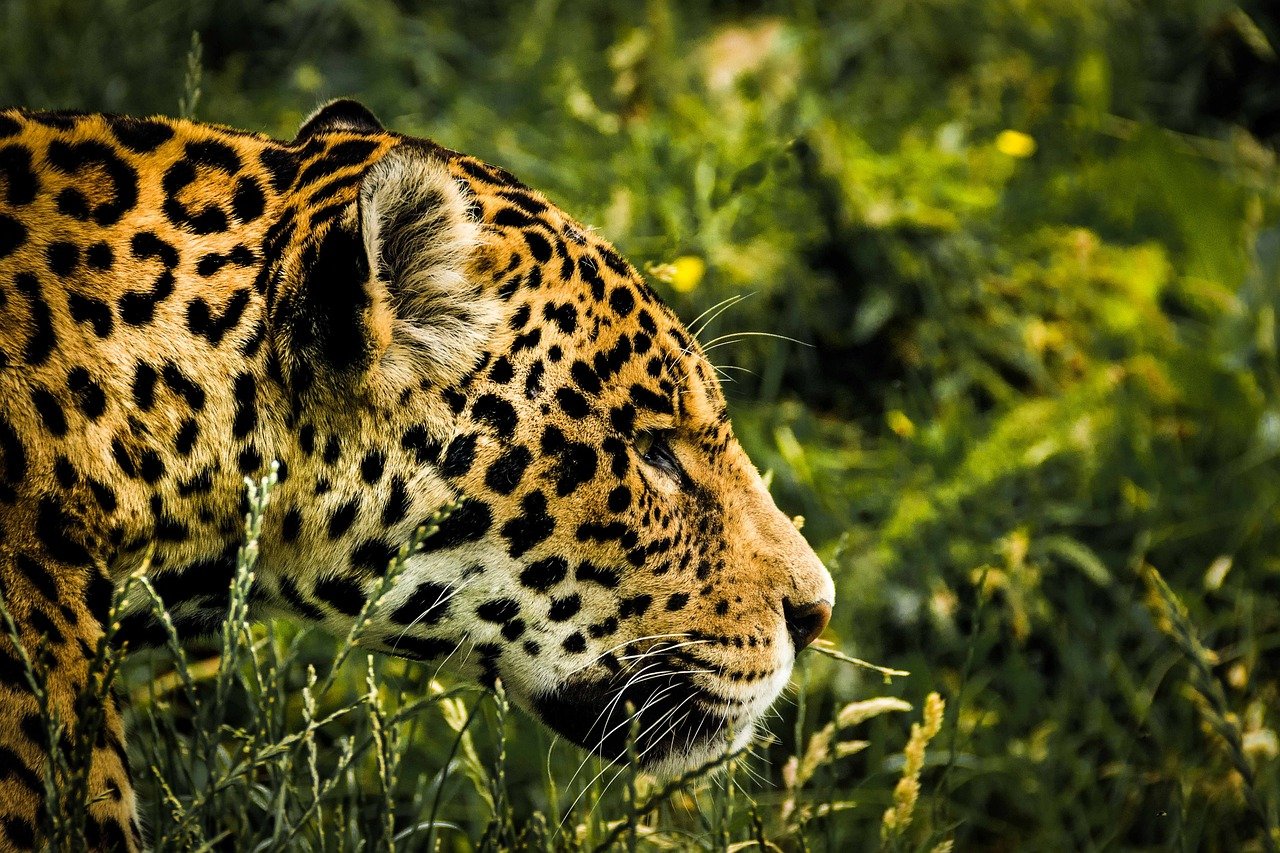
Big cat tracking is a vital component in the conservation of these incredible creatures. By monitoring their movements, scientists and conservationists can gain insights into their behaviors, habitats, and interactions with other species. This information is crucial for creating effective conservation strategies to protect these animals and their fragile ecosystems. Tracking also helps to identify potential threats, such as poaching or habitat encroachment, allowing for timely interventions.
Technological Innovations in Tracking
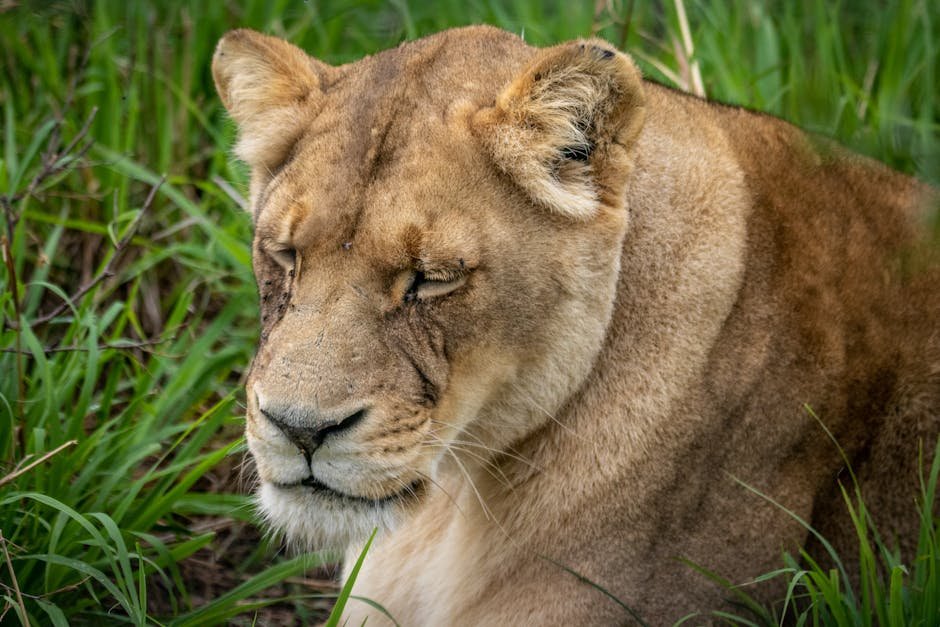
In recent years, technology has revolutionized the way we track big cats. GPS collars, camera traps, and drones have become invaluable tools in the field. GPS collars provide real-time data on the location and movement patterns of individual animals, while camera traps capture images and videos that offer insights into their behaviors. Drones, with their ability to cover large areas quickly, help researchers monitor vast landscapes and observe big cats in their natural habitats without disturbing them.
Understanding Big Cat Behavior Through Tracking
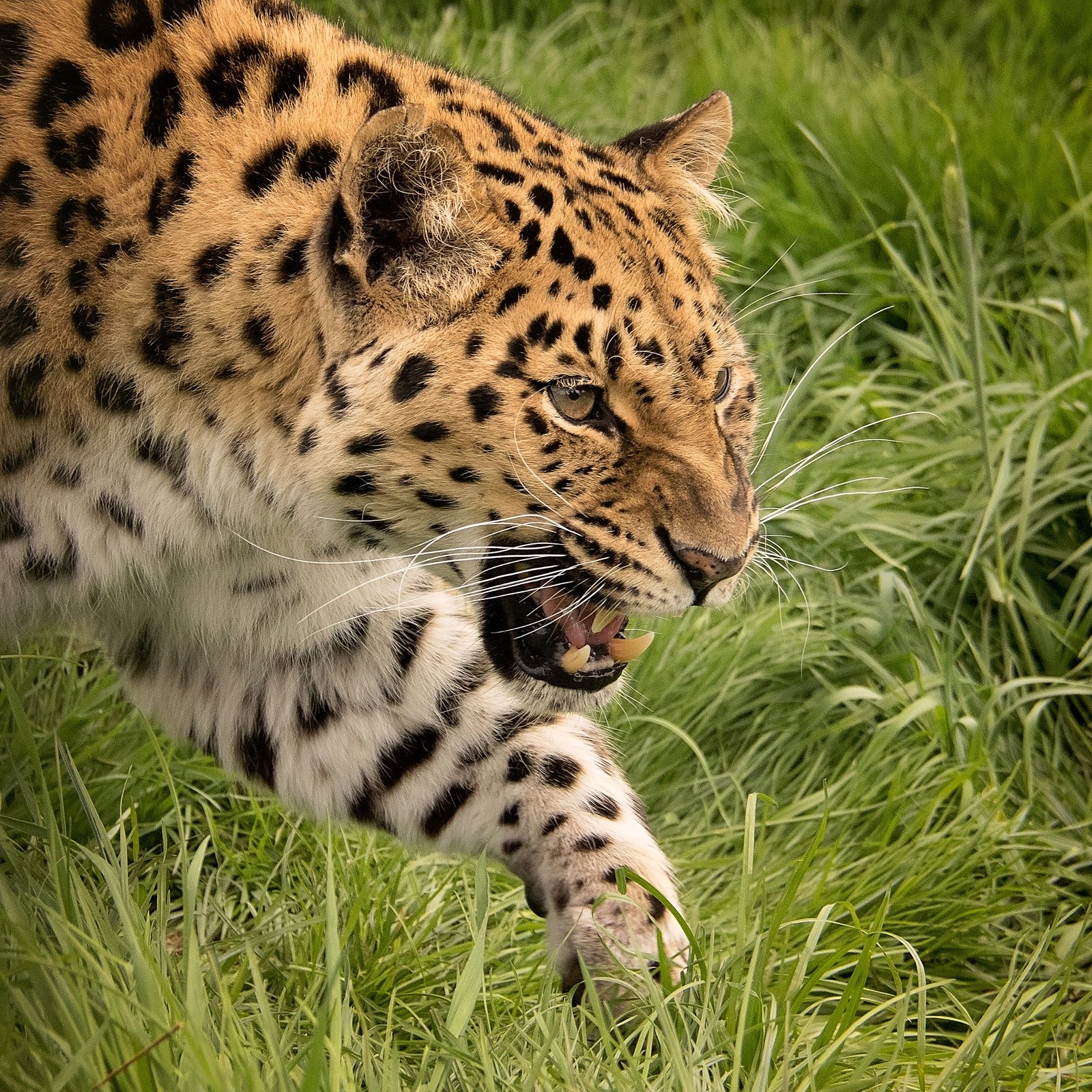
Tracking projects have shed light on the complex social structures and behaviors of big cats. For instance, lions are known for their pride dynamics, with females often leading the group and males taking on protective roles. Leopards, on the other hand, are solitary animals, with each individual having its own distinct territory. By studying these behaviors, researchers can better understand the needs of these species and develop targeted conservation efforts.
Challenges in Big Cat Tracking

Despite technological advancements, tracking big cats is not without its challenges. The dense and often inaccessible terrains where these animals live can make it difficult to deploy and maintain tracking equipment. Moreover, big cats are incredibly stealthy and can easily evade detection. Additionally, the financial costs of tracking projects can be prohibitive, requiring significant resources and support from governments, NGOs, and the public.
The Role of Citizen Science in Tracking
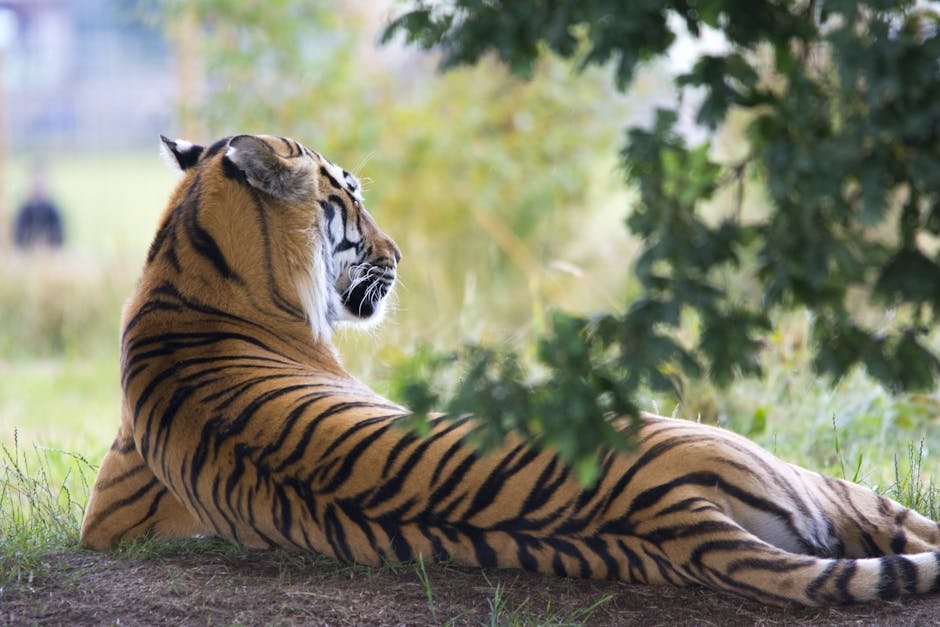
Citizen science has emerged as a powerful tool in big cat tracking projects. By involving local communities and volunteers in data collection and observation, researchers can gather more comprehensive data and raise awareness about the importance of conservation. Citizen scientists can contribute by reporting sightings, maintaining camera traps, or even participating in tracking expeditions, fostering a sense of ownership and responsibility for protecting these magnificent animals.
Success Stories from Big Cat Tracking Projects
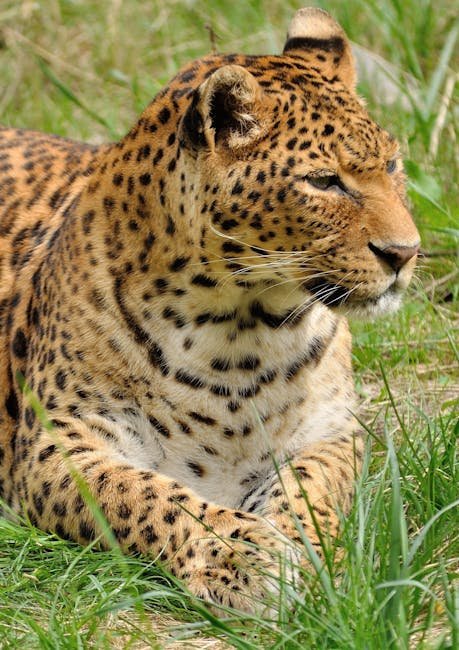
There have been numerous success stories in the realm of big cat tracking. In the Namibian desert, tracking efforts have helped to increase the population of the endangered desert-adapted lions by providing crucial data on their movements and prey preferences. Similarly, in India, tracking tigers has led to the establishment of new protected areas, resulting in a significant increase in their population. These successes highlight the positive impact that well-planned and executed tracking projects can have on conservation efforts.
Collaboration Between Nations for Big Cat Conservation
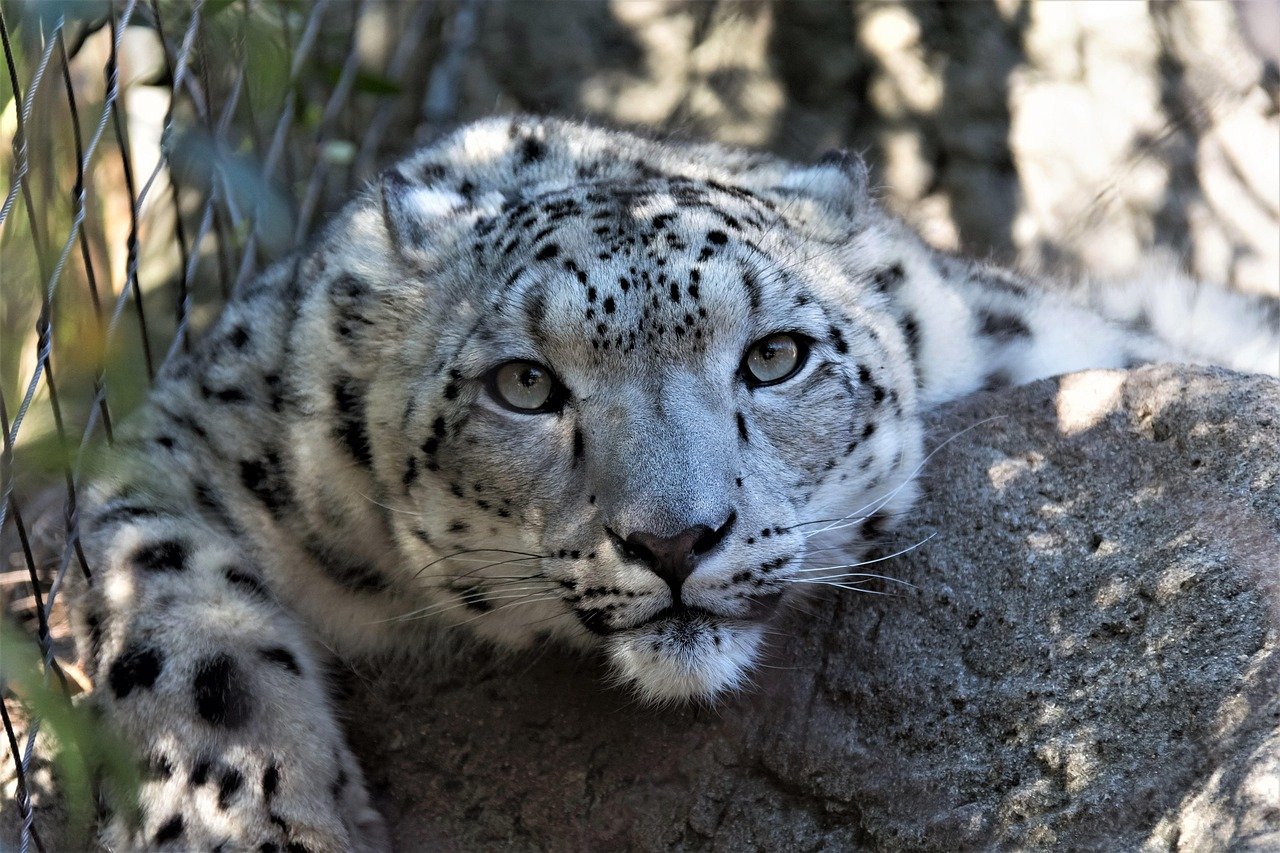
Big cats often traverse international borders, making collaboration between nations essential for their conservation. Transboundary tracking projects enable countries to share data and implement coordinated strategies to protect these animals. For example, the Panthera organization has facilitated partnerships between countries in Africa and Asia to track and conserve lions, leopards, and tigers, ensuring that efforts are not confined by political boundaries.
Ethical Considerations in Big Cat Tracking
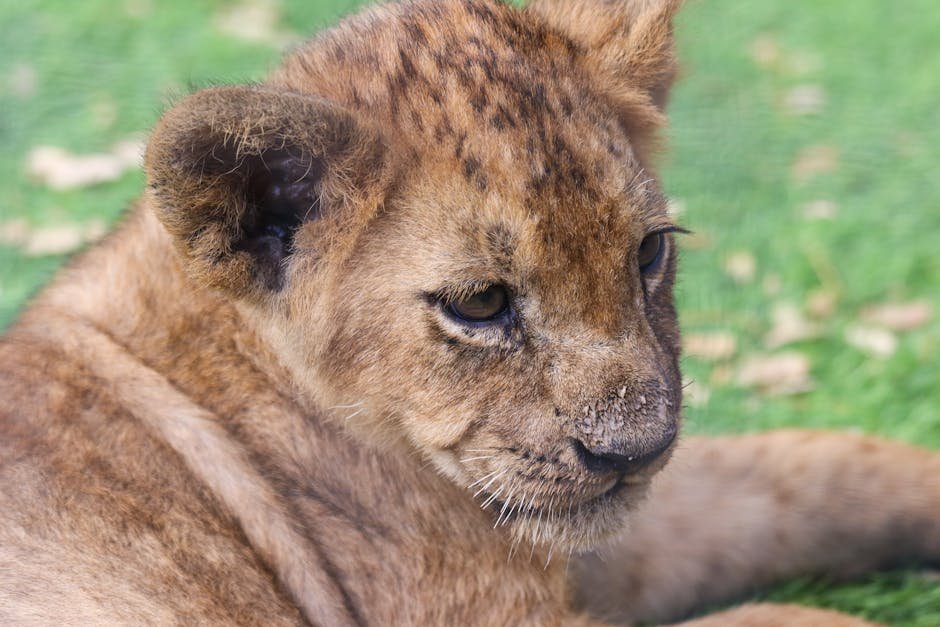
While tracking is essential for conservation, it must be conducted ethically to ensure the welfare of the animals. Researchers must use minimally invasive methods and prioritize the safety and well-being of the big cats. It is crucial to avoid causing unnecessary stress or harm to the animals and to respect their natural behaviors and habitats. Ethical guidelines and protocols must be followed to maintain a balance between research objectives and animal welfare.
The Future of Big Cat Tracking
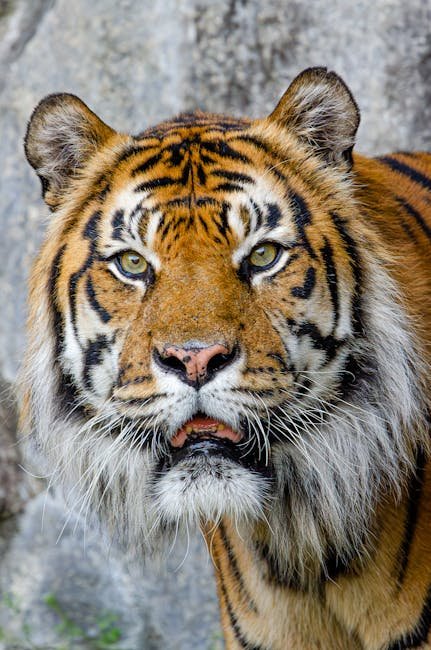
As technology continues to evolve, the future of big cat tracking looks promising. New innovations, such as AI-powered image recognition and advanced satellite tracking, hold the potential to provide even more accurate and detailed data. These advancements will enable researchers to gain deeper insights into the lives of big cats and develop more effective conservation strategies. However, it is essential to ensure that these technologies are accessible and affordable for conservationists worldwide.
Engaging the Next Generation in Big Cat Conservation
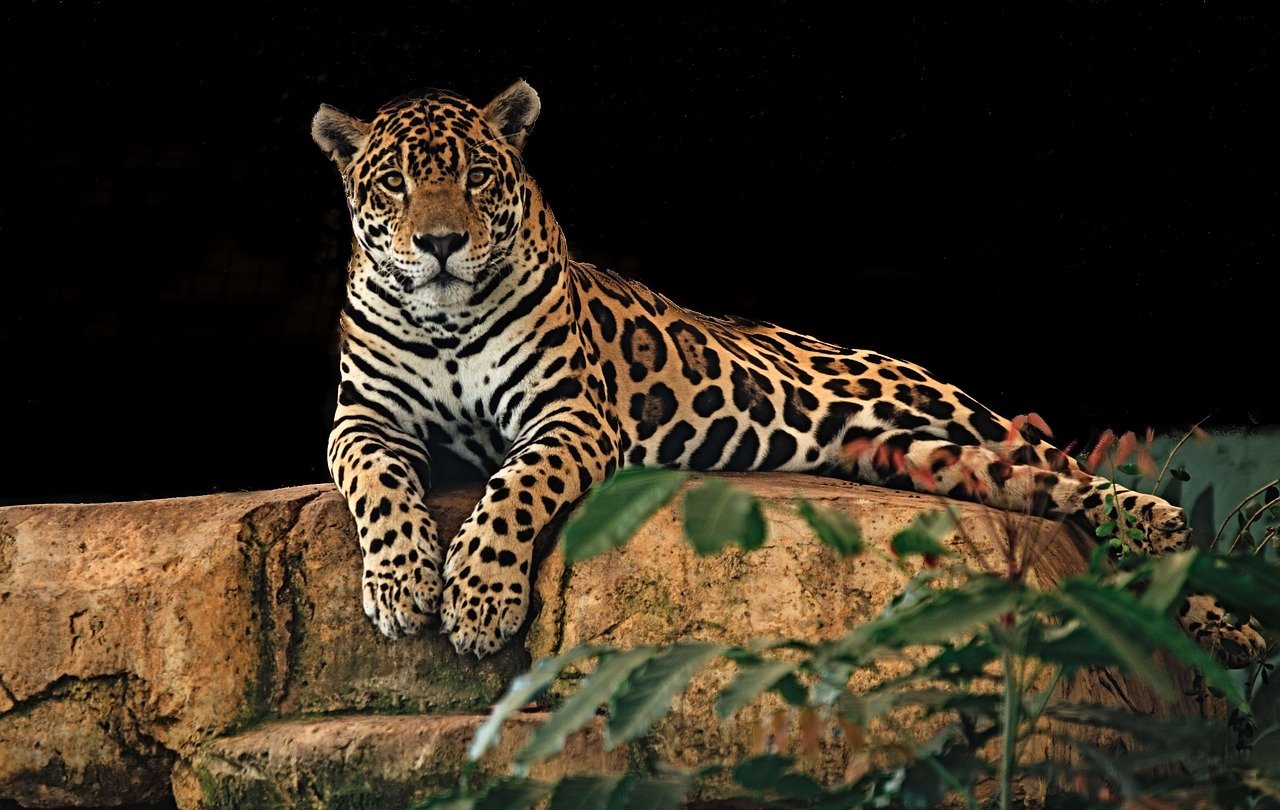
Inspiring the next generation to care about big cat conservation is crucial for the long-term survival of these species. Educational programs, interactive exhibits, and outreach initiatives can help raise awareness and foster a love for these animals among young people. By engaging children and teenagers in conservation efforts, we can cultivate a new generation of advocates and scientists dedicated to protecting big cats and their habitats.
The Impact of Climate Change on Big Cats
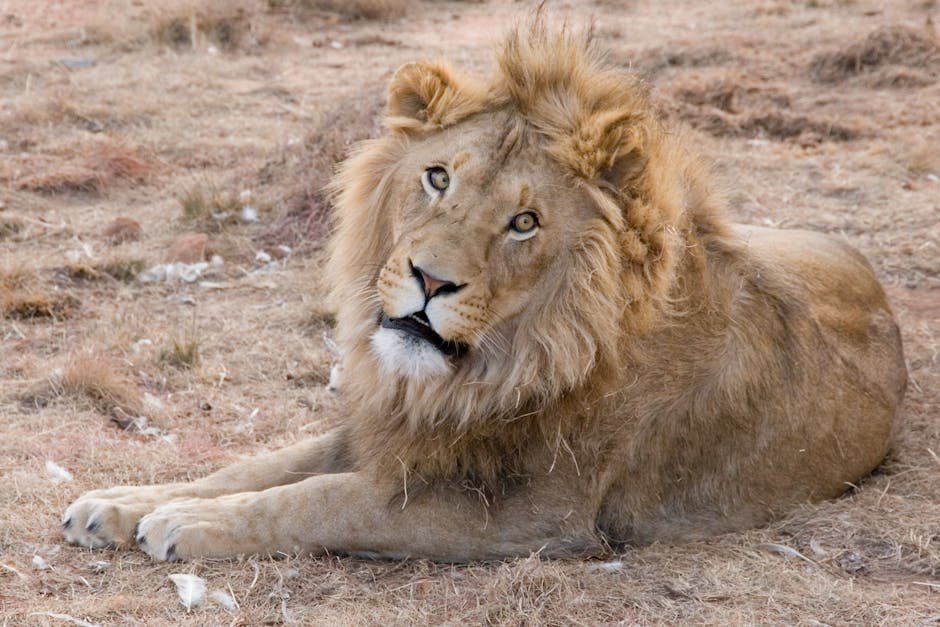
Climate change poses a significant threat to big cats and their habitats. Rising temperatures, changing precipitation patterns, and habitat loss can disrupt the delicate balance of ecosystems, affecting the availability of prey and resources for big cats. Tracking projects can help researchers understand how climate change is impacting these animals and inform conservation strategies to mitigate its effects. By addressing climate change, we can help ensure a future for big cats.
The Role of Zoos in Big Cat Conservation
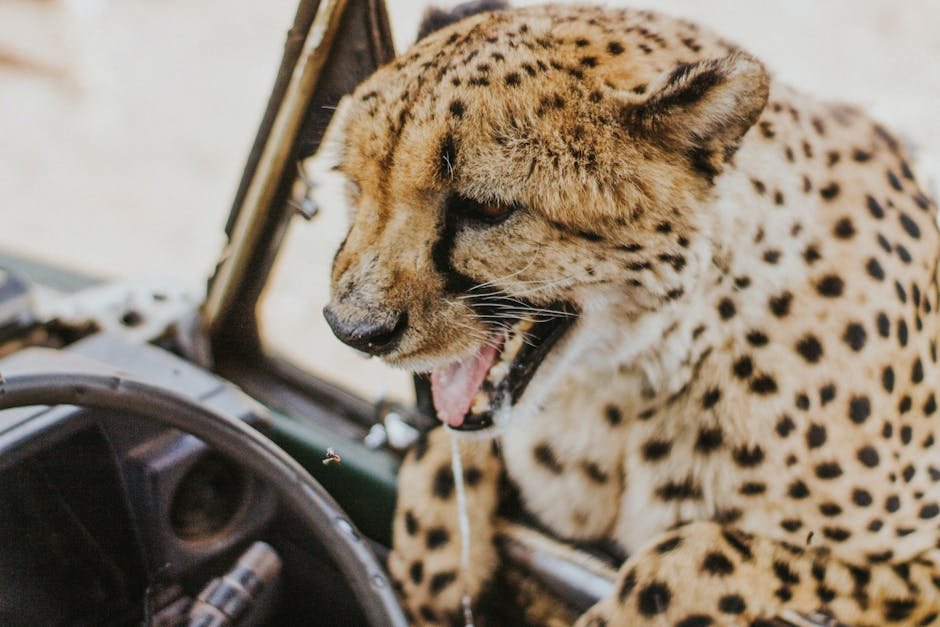
Zoos play an important role in big cat conservation by providing safe environments for breeding and research. Many zoos participate in global breeding programs and contribute valuable data to tracking projects. By studying big cats in captivity, researchers can gain insights into their behaviors, health, and genetics, which can inform conservation efforts in the wild. Additionally, zoos serve as educational platforms, raising awareness about the plight of big cats and inspiring visitors to support conservation initiatives.
Protecting Big Cat Habitats
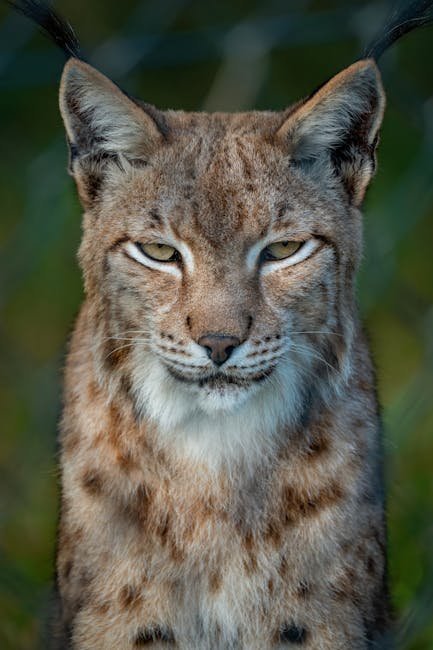
Conserving the natural habitats of big cats is essential for their survival. Tracking projects can identify critical habitats and migration corridors that need protection. By preserving these areas, we can ensure that big cats have access to the resources they need to thrive. Habitat conservation efforts often involve working with local communities to promote sustainable land use practices and reduce human-wildlife conflicts, fostering a harmonious coexistence between humans and big cats.
Advocacy and Policy for Big Cat Conservation

Advocacy and policy play a crucial role in big cat conservation. By raising awareness and lobbying for protective legislation, we can create a safer environment for these animals. Tracking data can be used to inform policymakers and advocate for the establishment of protected areas, anti-poaching measures, and sustainable development practices. Public support and engagement are essential for driving policy changes and ensuring the long-term protection of big cats.
The Challenges of Poaching and Human-Wildlife Conflict
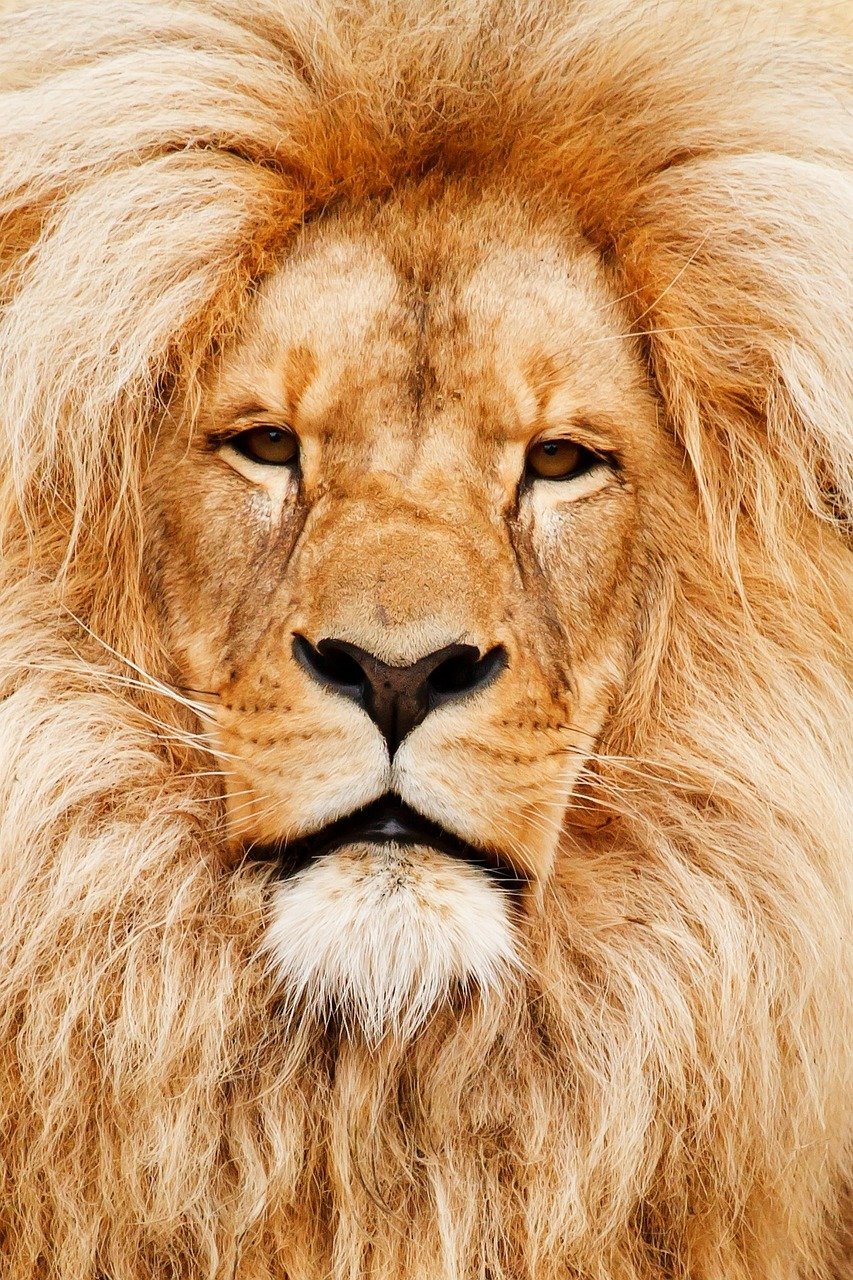
Poaching and human-wildlife conflict are significant threats to big cats. Tracking projects can help identify areas where these issues are prevalent and inform strategies to address them. Anti-poaching initiatives, such as community ranger programs and technology-driven surveillance, are essential for protecting big cats from illegal hunting. Additionally, promoting coexistence between humans and big cats through education and conflict mitigation measures can reduce tensions and safeguard these animals.
The Role of NGOs and Conservation Organizations
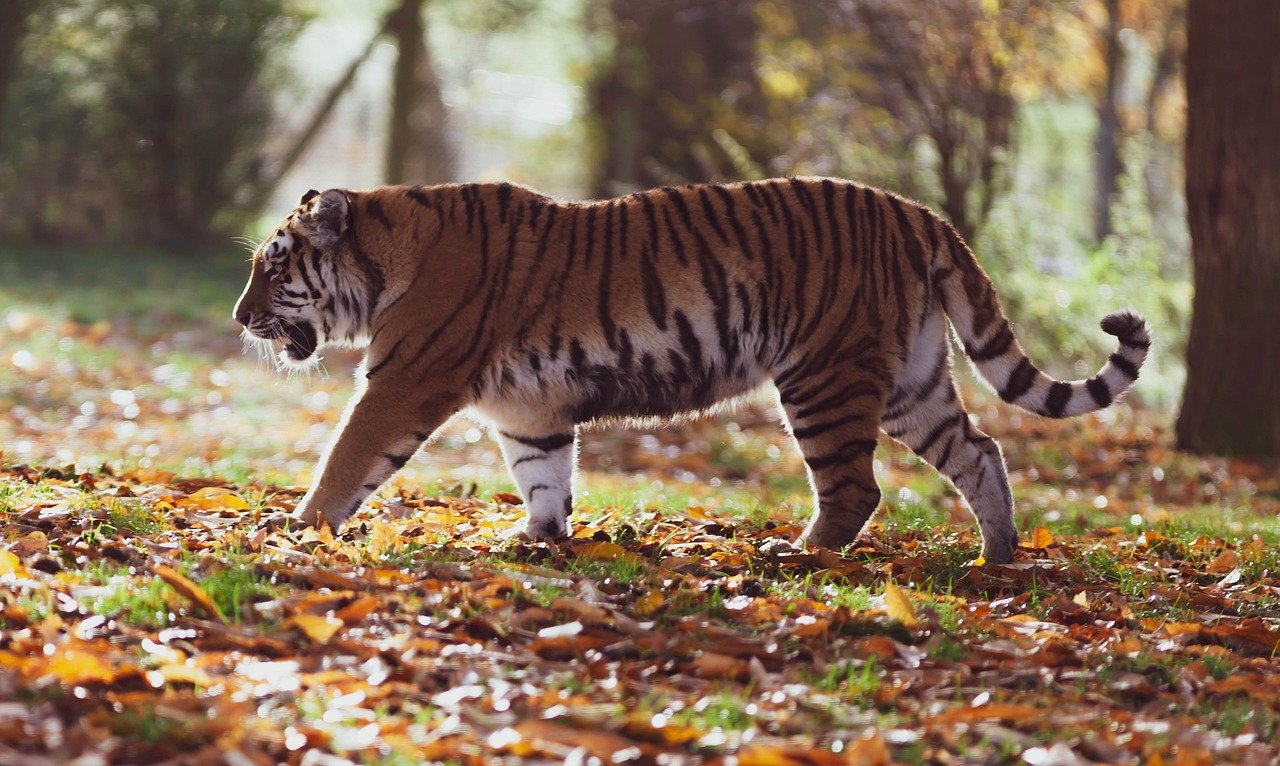
Non-governmental organizations (NGOs) and conservation organizations play a vital role in big cat tracking and conservation efforts. These groups often lead tracking projects, conduct research, and implement conservation initiatives on the ground. By collaborating with governments, local communities, and other stakeholders, NGOs can drive positive change and ensure the protection of big cats and their habitats. Public support and funding are crucial for the success of these organizations and their efforts.
The Importance of Genetic Research in Big Cat Conservation
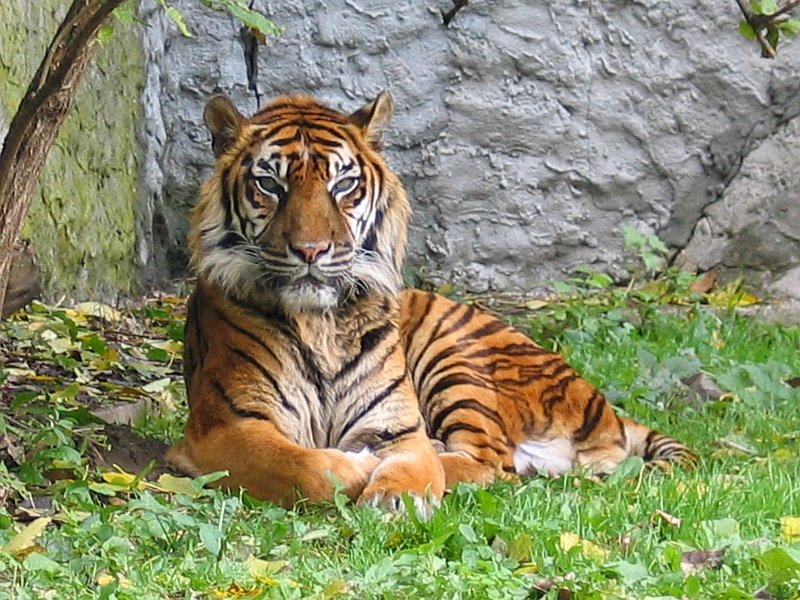
Genetic research is an integral part of big cat conservation, providing insights into the genetic diversity and health of populations. By analyzing genetic data, researchers can identify unique lineages, assess genetic health, and inform breeding programs. Tracking projects that incorporate genetic research can help ensure the long-term survival of big cats by maintaining healthy, genetically diverse populations. This research also aids in understanding the evolutionary history and adaptation of big cats to their environments.
The Cultural Significance of Big Cats
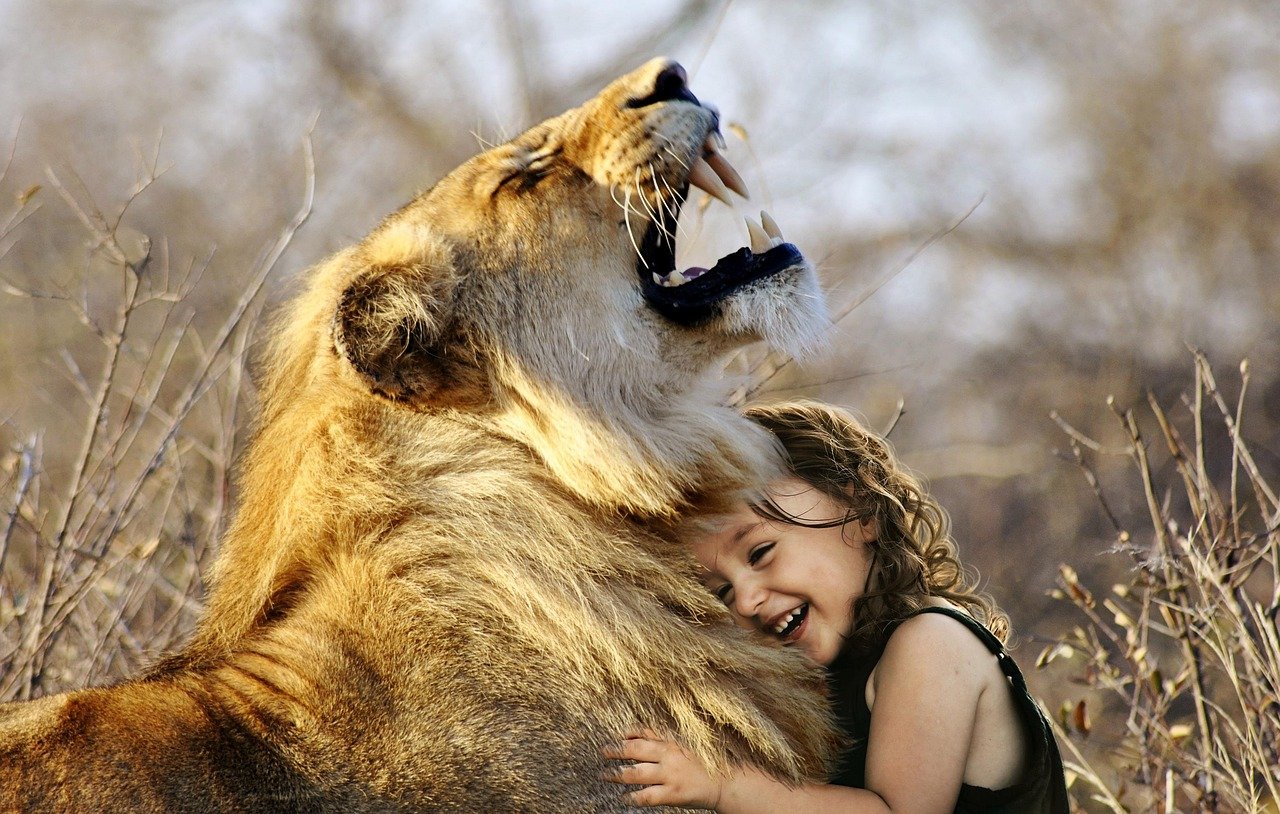
Big cats hold cultural significance for many communities around the world. They are often symbols of power, strength, and beauty, and feature prominently in folklore, art, and religious traditions. Recognizing and respecting the cultural importance of big cats can enhance conservation efforts by fostering a deeper connection between people and these animals. By integrating cultural perspectives into conservation strategies, we can promote a more inclusive and holistic approach to big cat protection.
Ways to Support Big Cat Conservation
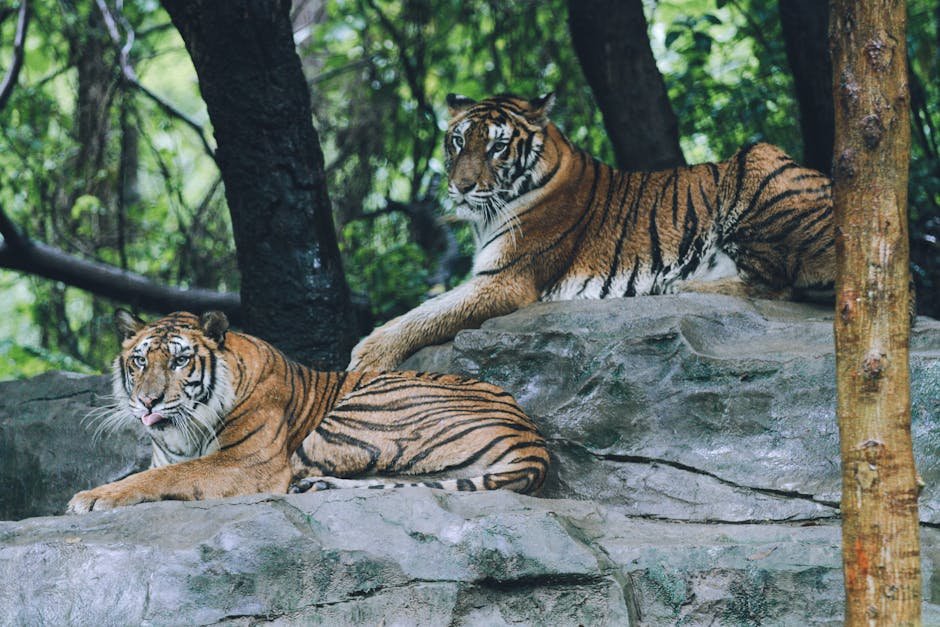
There are many ways individuals can support big cat conservation. Donating to conservation organizations, adopting sustainable practices, and spreading awareness about the importance of protecting big cats are all impactful actions. Volunteering for tracking projects or participating in citizen science initiatives can also make a difference. Every effort, no matter how small, contributes to the larger goal of ensuring a future for these magnificent animals. Together, we can make a positive impact and help secure a future for big cats.
Hi, I’m Bola, a passionate writer and creative strategist with a knack for crafting compelling content that educates, inspires, and connects. Over the years, I’ve honed my skills across various writing fields, including content creation, copywriting, online course development, and video scriptwriting.
When I’m not at my desk, you’ll find me exploring new ideas, reading books, or brainstorming creative ways to solve challenges. I believe that words have the power to transform, and I’m here to help you leverage that power for success.
Thanks for stopping by, Keep coming to this website to checkout new articles form me. You’d always love it!






